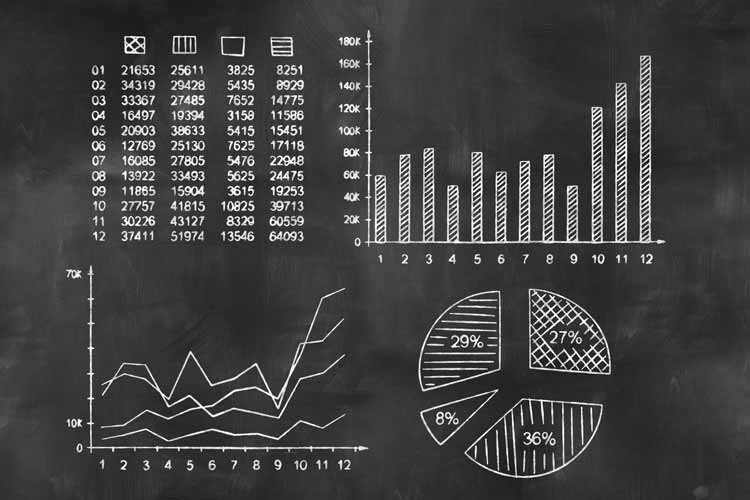
Stocks tend to struggle toward the end of month
September is upon us, which, unfortunately, often means poor stock returns. Over the past 50 years, September is the only month in which the S&P 500 Index (SPX) averages a negative return. It is also positive less often than any other month. Over the past 20 years, it's not much better. It ranks second to last by average return (August is the worst month), with just half of the returns positive.
This week, we will take a closer look at the month of September to see when exactly it tends to go wrong. Also, the S&P 500 has been positive five months in a row, but with a very modest return. I’ll look at similar streaks in the past and see how stocks have performed going forward.


September Stock Losses Tend to Occur Near the End of the Month
Below, I've charted the typical path the S&P 500 takes toward its average September return. I show data for September over the past 10, 20, and 50 years. If you are selling stocks because of how poor September typically performs, then you might want to wait a few weeks. Stocks have typically been at a respectable gain as late as Sept. 20. The chart notes the downturn has typically taken place over the last 10 days of the month.

The Sweet Spot for Stocks After and SPX Five-Month Winning Streak
The S&P 500 is currently on a five-month winning streak. If you're worried that's the sign of an overbought market, don't be. Since 1950, after five straight months of gains, the next month was positive 80% of the time, compared to 60% for any general month being positive.
Stocks tend to outperform over the longer term, too. There have been 25 five-month winning streaks since 1950, and the index lost value just one time over the next year. The S&P 500 has gained an average 13.63% over the next 12 months after these streaks.

However, the S&P 500 has gained just 4.6% over the course of this current five-month winning streak. That ranks dead last out of the 25 streaks we’ve seen since 1950. A pessimist might conclude that this suggests underlying weakness in the stock market, while an optimist might say it means there’s plenty of gas left in the tank. I collected the data to help eliminate such guesswork.
In the past, the index has done well after these streaks, no matter what the return has been. However, when the gains are moderate during the streak -- which I defined as less than 12% -- then the S&P 500 has an average return of 16% over the next year, with all nine returns positive. This beats the one-year average return when gains are higher.
Looking out over the next six months, the index averages a 6.74% return after these win streaks with a moderate gain. This isn’t the highest of the three brackets. That honor goes to medium-sized gains of 12%-20% during the streak, in which case the S&P 500 gains an average of 8.12% over the next six months. However, when the index gain is the smallest during the win streak, stocks were positive 89% over the next six months, which is the highest of the three brackets. Also, the standard deviation is the lowest. Therefore, the gains have been the most consistent within our current scenario.
